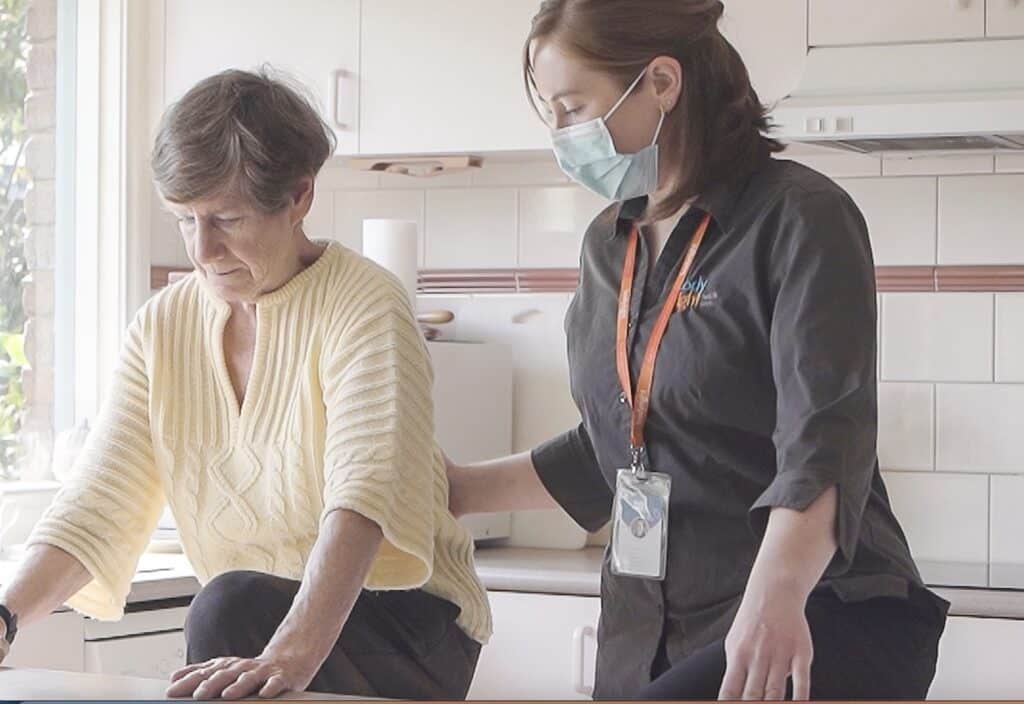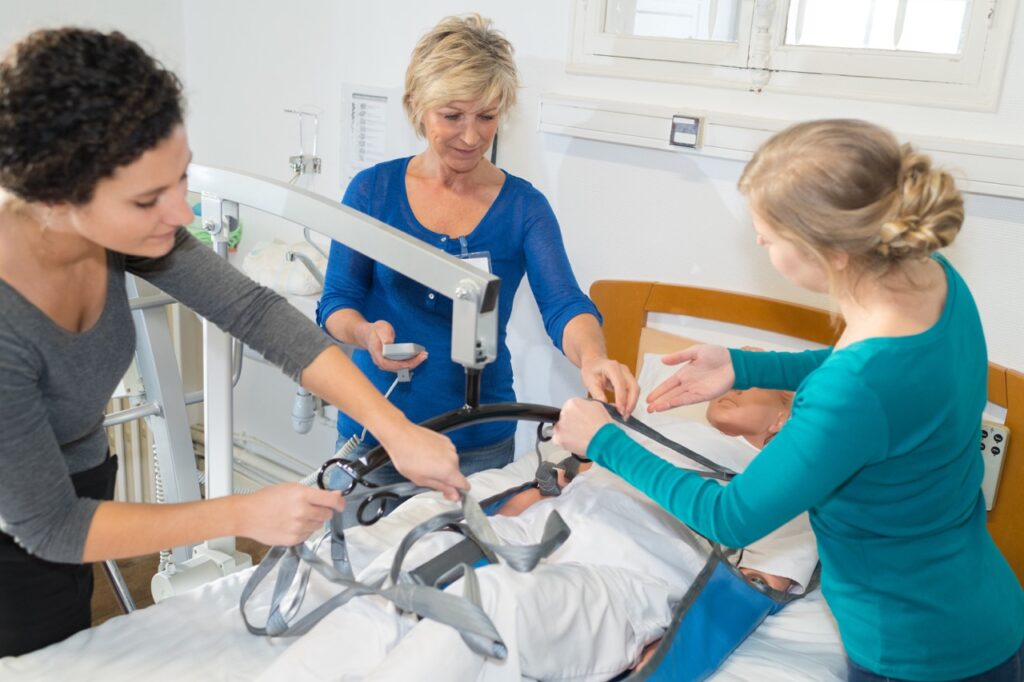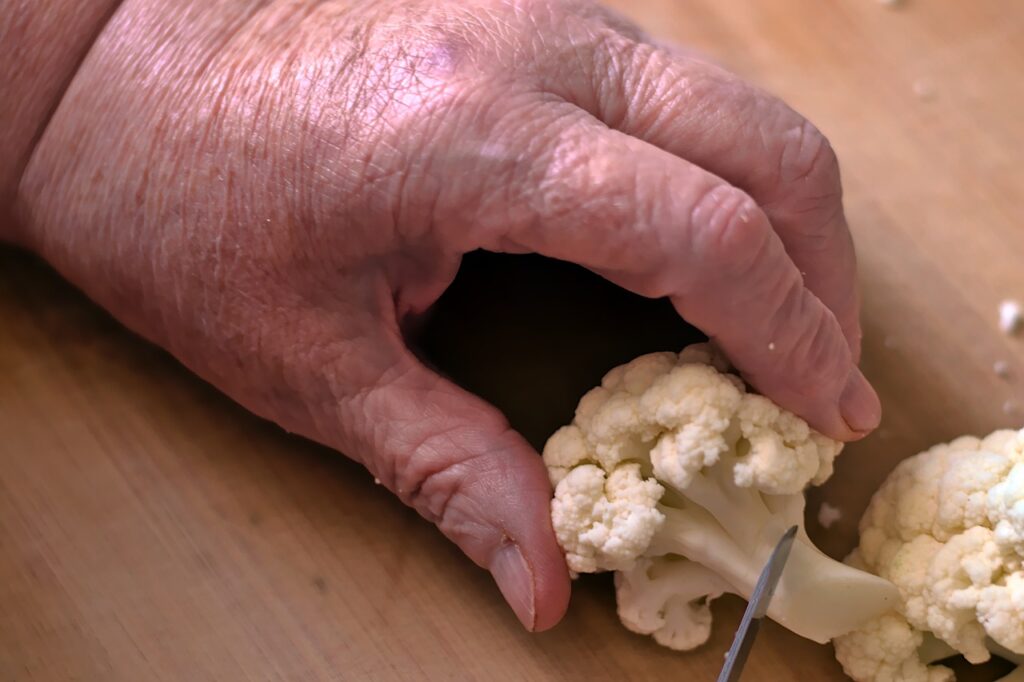Osteopathic medicine was established in 1874 by Dr. Andrew Taylor Still…
an American physician. Driven by personal tragedy and dissatisfaction with conventional medical practices of his time, Still dedicated himself to studying health, illness, and disease.
Living in an era where medical education focused primarily on lectures rather than practical experience, Dr. Still sought to improve surgery, obstetrics, and general medical care. He developed an innovative system of diagnosis and treatment that emphasised understanding the human body as a whole and addressing the underlying causes of illness, rather than merely treating symptoms.
Dr. Still’s approach encompassed both mental and physical health, aiming to restore proper function and structure to the body. He recognised the importance of overall well-being, including nutrition, exercise, and emotional health.
Based on these principles, the field of osteopathy emerged. The term “osteopathy” combines the Greek words “osteon,” meaning bone, and “pathos,” meaning to respond to. Dr. Still believed that investigating pathological conditions should start with an examination of the human skeleton.
In 1892, Dr. Still established the American School of Osteopathy to pass on his knowledge. Martin Littlejohn, the school’s dean, later established the British School of Osteopathy and the Journal of Osteopathy in 1917, laying the foundation for osteopathy in Britain and eventually Europe.
Littlejohn went on to establish the first Australian osteopathic clinic in Melbourne in 1906. He later founded the Still College of Osteopathy, which provided formal education and training in osteopathy. Littlejohn’s efforts laid the foundation for the growth and recognition of osteopathy in Australia.
Over the years, osteopathy gained popularity, and the demand for osteopathic healthcare professionals increased. To meet this demand and ensure high standards of practice, educational institutions offering osteopathic programs emerged across the country.
In 1976, the Osteopathic Association of Australia (OAA) was established as the national professional body for osteopaths in Australia. The OAA aimed to promote the profession, advocate for osteopathic healthcare, and regulate the standards of osteopathic practice.
In 2010, the OAA transitioned into a new organisation known as Osteopathy Australia. This change reflected the profession’s growth and aligning with international standards. Osteopathy Australia continues to represent and support osteopathic practitioners in the country.
To ensure the quality and safety of osteopathic practice, Australia has implemented regulatory measures. The Australian Health Practitioner Regulation Agency (AHPRA) and the Osteopathy Board of Australia work together to regulate and register osteopaths. Osteopaths in Australia must meet specific educational requirements, undergo rigorous assessments, and maintain ongoing professional development to ensure competence and adherence to professional standards.
Osteopathy has become a recognised and respected healthcare profession in Australia. Osteopaths work alongside other healthcare practitioners in multidisciplinary settings, providing care for a wide range of musculoskeletal conditions and promoting overall health and well-being.
The inclusion of osteopathy in the Australian healthcare system is a testament to its effectiveness and the trust placed in its practitioners. Osteopaths in Australia continue to make valuable contributions to the health and wellness of individuals across the country.
Osteopathic treatment has found its place within aged care settings, providing valuable care and support for older adults. Osteopaths trained in geriatric care understand the unique needs and challenges faced by elderly individuals and tailor their treatments accordingly.
In aged care, osteopathy aims to improve the overall well-being and quality of life for older adults by addressing musculoskeletal issues, promoting mobility, and alleviating pain. Here are some specific osteopathic treatments commonly utilised in aged care:
Musculoskeletal Assessment: Osteopaths conduct a thorough assessment of an individual’s musculoskeletal system to identify any areas of dysfunction, stiffness, or pain. This assessment helps identify specific areas that require intervention and provides a baseline for measuring progress.
Manual Therapy: Osteopaths employ various manual techniques to address musculoskeletal issues. These may include soft tissue manipulation, joint mobilisation, and gentle stretching to improve joint mobility, reduce muscle tension, and enhance overall flexibility.
Pain Management: Chronic pain is a common issue among older adults. Osteopaths utilise a range of techniques, such as gentle manipulations, to alleviate pain and promote pain-free movement. They also provide guidance on pain management strategies, including exercises, self-care techniques, and ergonomic adjustments.
Fall Minimisation: Falls are a significant concern for older adults and can result in severe injuries. Osteopaths assess balance, gait, and posture to identify any underlying issues that may increase the risk of falls. They provide interventions to improve balance and stability through targeted exercises, posture correction, and proprioceptive training.
Postoperative Rehabilitation: For older adults recovering from surgery, osteopaths play a crucial role in rehabilitation. They assist in restoring mobility, reducing scar tissue adhesions, and promoting healing through gentle manual techniques and personalised exercise programs.
Chronic Conditions: Osteopaths can support individuals with chronic conditions commonly seen in aged care, such as arthritis, osteoporosis, and degenerative joint diseases. They develop tailored treatment plans to manage symptoms, improve joint function, and enhance overall quality of life.
Holistic Approach: Osteopathy recognises the interconnectedness of the body systems. Osteopaths consider the overall health of the individual, including factors such as nutrition, exercise, and emotional well-being. They provide guidance on lifestyle modifications that can support optimal health and complement the osteopathic treatment.
The integration of osteopathic treatment within aged care settings offers a comprehensive approach to address the musculoskeletal needs of older adults. By promoting mobility, managing pain, and enhancing overall well-being, osteopaths contribute to the overall health and quality of life of elderly individuals in aged care environments.
BodyRight Healthcare’s growing team of Osteopaths are making a significant difference to our consumers, and now there’s increased practitioner availability across the network, please check these in the Bulletin and send your Referral Form now.




